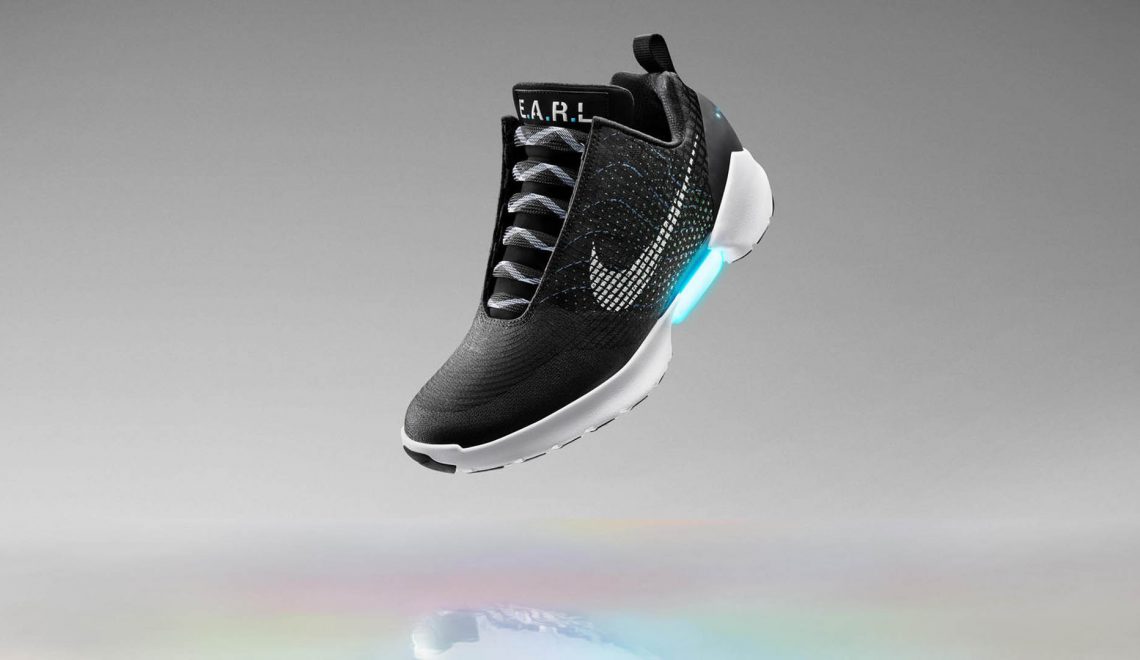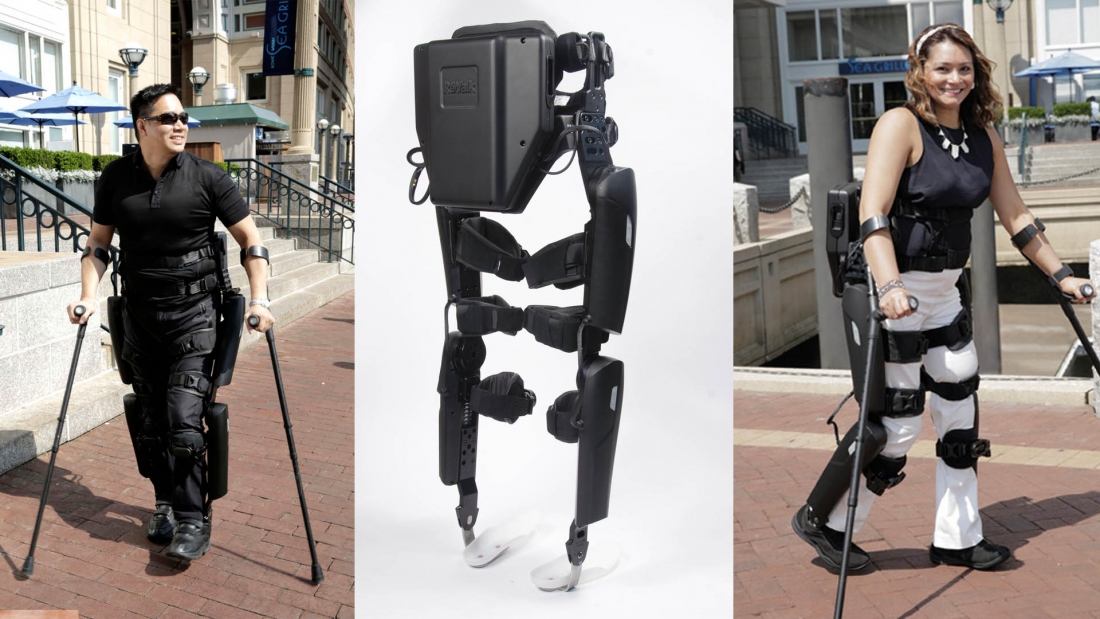Everything You Need To Know About Nike’s HyperAdapt Sneaker Launch
If you weren’t lucky enough to win one of Nike’s functional reproductions of the self-lacing Mag sneaker from Back To The Future, don’t fret; something arguably more exciting is launching this week. Sure, the Mags were amazing from a retro-cool perspective, but on December 1st Nike is launching the first mass produced self-lacing sneaker. Named HyperAdapt 1.0, the sneakers represent the future of where the footwear giant believes their industry is headed.
While the easiest way to describe the HyperAdapt 1.0 is “self lacing,” Nike isn’t a big fan of the term and favors referring to the tech as “adaptive fit.” That likely comes from the fact that the HyperAdapt is a direct descendant of the Mag. When the Mag was original created for Back To The Future 2, the designers at Nike wanted to create a futuristic vision of a better athletic sneaker, something that would come alive and sense you, adjusting to the shape of your foot. In other words, adapt to you. After the release of Back To The Future 2, there was a huge outpouring by fans for Nike to create an actual Mag and bring it to market. As the years passed, the requests kept coming in and at a certain point teams within Nike started to brainstorm whether such technology could actually be created and designed to fit within a shoe. After nearly three decades of discussions and 11 years of R&D, the HyperAdapt 1.0 became a reality. The shoes are truly the Nike Mag reimagined for today.
Continue reading





